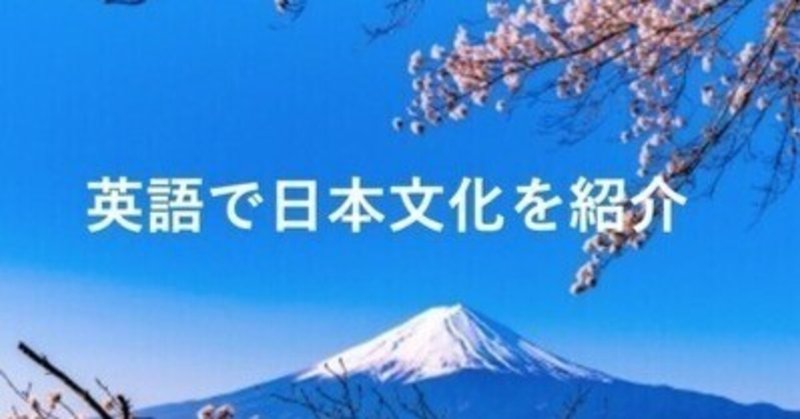
Ⅴ 日本文化の英語解説 14
14 Bunka-sai (文化祭)・Zen( 禅)・Sado(茶道)・Kado(華道):
*Most schools in Japan hold a Cultural Festival usually in October or November. It is a chance for the students to show off what they learned at school to their families and friends. They display their works such as paintings and also they demonstrate their special skills, for example, dancing, singing songs, playing skits, or playing music.
November 3 is Culture Day, a national holiday in Japan. Zen has had a profound influence on Japanese culture. Zen influence was strong in paintings and portraits. Rinzai monks of the Zen sect of Buddhism were important in introducing Chinese culture to Japan in the Nara period(7C). The rock and sand gardens are also Zen creations. Likewise, the tea ceremony traces its origins back to the first powdered tea brought back from China by Eisai(11C). Several tea masters, including Sen no Rikyu, learned about Zen and established the tea ceremony with the Zen spirit during the Muromachi period and Azuchi period(14-15C). Flower arrangement also was established with the tea ceremony in the Muromachi period. The tea ceremony and the flower arrangement symbolize Japanese creativity.

◎ ☆三味線(3 stringed Japanese banjo,guitar)、☆琴(13strined Japanese harp)They differ in tune. ☆長唄:traditional singing to samisen accompaniment, a long epic song with samisen accompaniment.

(To be continued)
この記事が気に入ったらサポートをしてみませんか?
